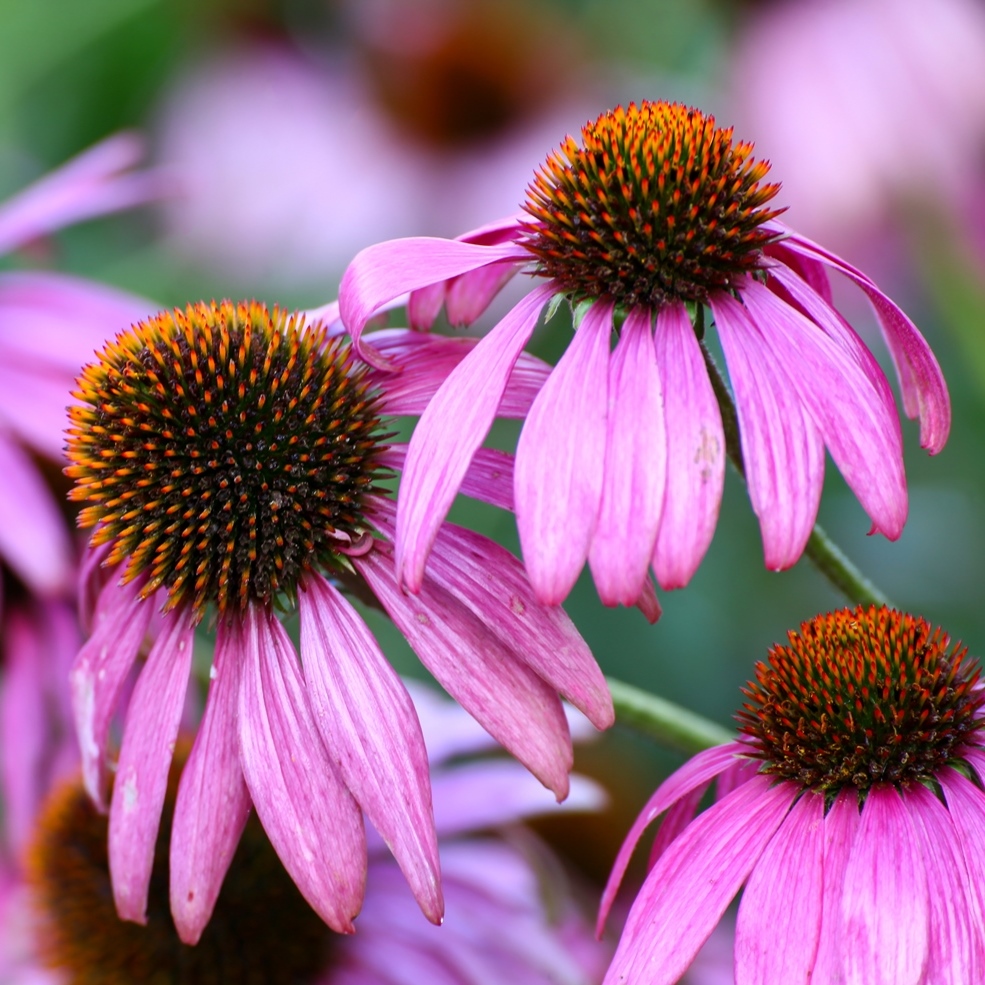
Echinacea pallida is threatened in Tennessee and Wisconsin. Named 1998 Perennial Plant of the Year A well-behaved plant.

PURPLE CONEFLOWER. MAC
Some choose improved cultivars like Hot Papaya, Mac n Cheese, or Raspberry Truffle because of their shocking colors, while others plant the native purple species in order to attract and feed butterflies.
PURPLE CONEFLOWER. FREE
Flower color can vary considerably from rose-purple to nearly white, a result of free natural hybridization and ecotype/genotype influence. Many gardeners are brightening their landscapes with purple coneflower, a beautiful perennial that isnt always purple. Most of these new cultivars are the result of seedling selection of. Perfect for both small gardens and large prairie meadows, the showy flowers are a favorite nectar source for butterflies, bees and myriad pollinators. There have been multiple new introductions of purple coneflower in many different colors. The pale purple coneflower has a deep taproot that helps make the plant highly drought tolerant. The ever-popular Purple Coneflower, Echinacea purpurea, blooms profusely for up to two months in mid to late summer and sometimes re-blooms in the fall. pallida is most often found growing as one single flowering stem however, in the garden settings plants with multiple stems originating from the base are more common. Eastern Purple Coneflower is not native to Minnesota, but is common in roadside plantings, both urban and rural, as well as increasingly a garden escapee.

wide, and flower from May-July although sometimes longer in the garden setting.


 0 kommentar(er)
0 kommentar(er)
